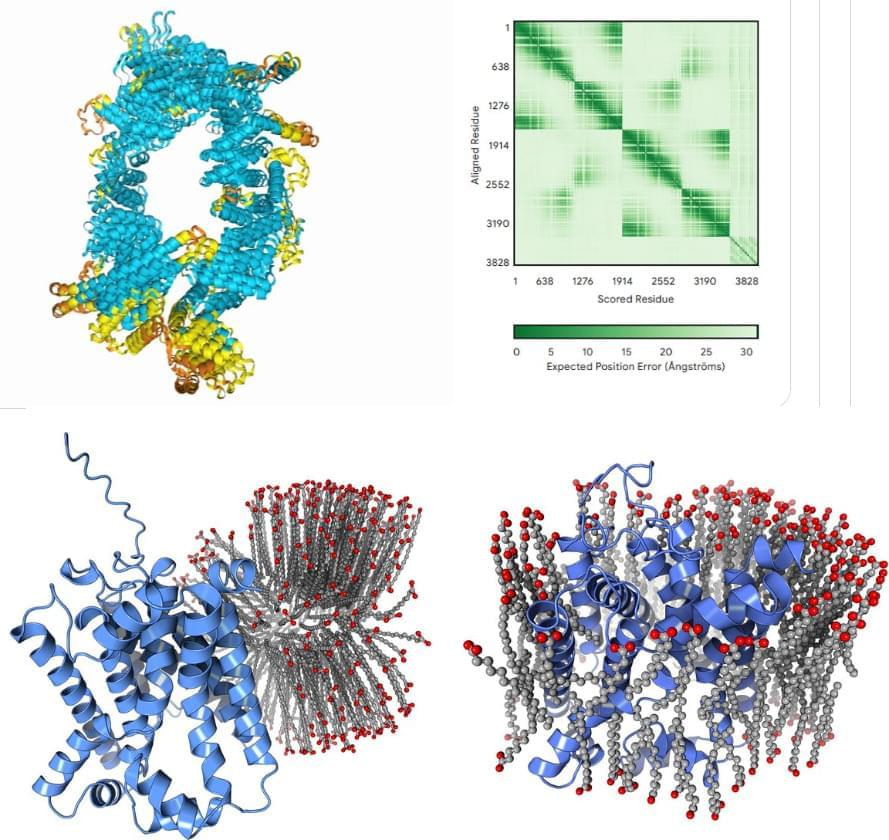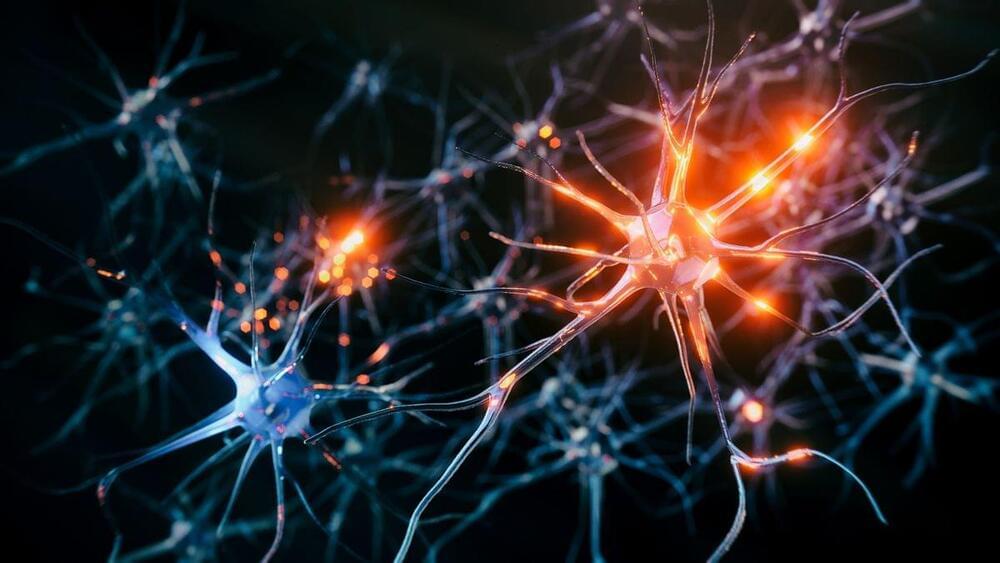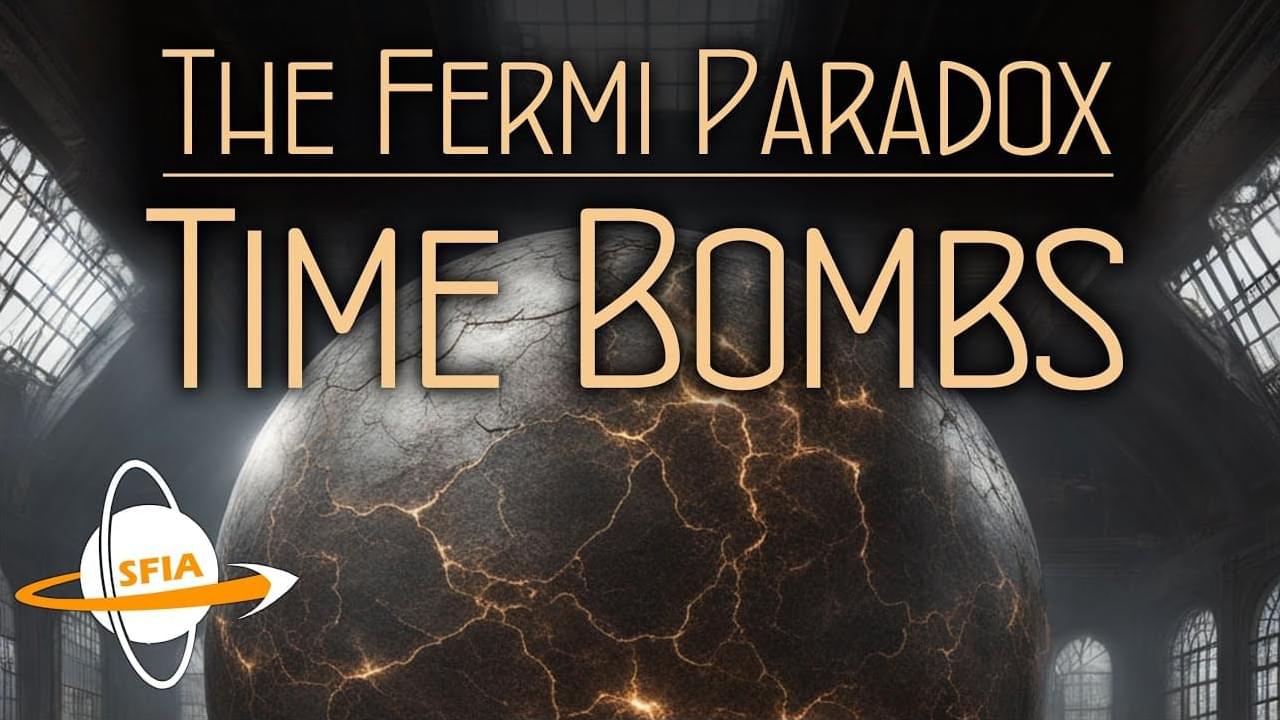Observations after 3 weeks of DeepMind releasing its hitherto most advanced model for biomolecular structure prediction.
Calcium oxide is a cheap, chalky chemical compound commonly used in the manufacturing of cement, plaster, paper, and steel. But the material may soon have a more high-tech application.
UChicago Pritzker School of Molecular Engineering researchers and their collaborator in Sweden have used theoretical and computational approaches to discover how tiny, lone atoms of bismuth embedded within solid calcium oxide can act as qubits — the building blocks of quantum computers and quantum communication devices.
These qubits are described in Nature Communications (“Discovery of atomic clock-like spin defects in simple oxides from first principles”).
(Nanowerk News) Advanced technologies enable the controlled release of medicine to specific cells in the body. Scientists argue these same technologies must be applied to agriculture if growers are to meet increasing global food demands.
In a new Nature Nanotechnology journal review paper (“Towards realizing nano-enabled precision delivery in plants”), scientists from UC Riverside and Carnegie Mellon University highlight some of the best-known strategies for improving agriculture with nanotechnology.
Tesla announced major progress in 4,680 battery cell production with a new milestone at Giga Texas.
“… living systems evolve to exploit any aspect of physics that enables exploration of all possible ‘fitness landscapes’.”
Indeed!
In 1990, within the intellectual haven of Haverford College, I embarked on a transformative academic journey into biophysics – the captivating intersection of physics and biology.
It was during this time that I delved into the tantalising notion of quantum mechanics operating within living organisms.
Unbeknownst to me, this exploration would etch an enduring imprint on my scientific voyage, kindling a lifelong fascination with biophysics. Ultimately, I charted my research course in quantum cosmology, but the echoes of biophysics persisted.
Scientists harnessed a new method to precisely measure the amount of information the brain can store, and it could help advance our understanding of learning.
Many fear future technologies may doom our civilization, but could the pursuit of technology, and civilization itself, be what dooms humanity?
Watch my exclusive video ISRU: https://nebula.tv/videos/isaacarthur–…
Get Nebula using my link for 40% off an annual subscription: https://go.nebula.tv/isaacarthur.
Get a Lifetime Membership to Nebula for only $300: https://go.nebula.tv/lifetime?ref=isa…
Join this channel to get access to perks:
/ @isaacarthursfia.
Visit our Website: http://www.isaacarthur.net.
Join Nebula: https://go.nebula.tv/isaacarthur.
Support us on Patreon: / isaacarthur.
Support us on Subscribestar: https://www.subscribestar.com/isaac-a…
Facebook Group: / 1583992725237264
Reddit: / isaacarthur.
Twitter: / isaac_a_arthur on Twitter and RT our future content.
SFIA Discord Server: / discord.
Credits:
The Fermi Paradox: Timebombs.
Episode 450; June 6, 2024
Written, Produced \& Narrated by: Isaac Arthur.
Sound Music Courtesy of:
Epidemic Sound Epidemic Sound http://epidemicsound.com/creator.
Stellardrone, \
GSK announced a major breakthrough concerning cancer therapy. A drug called Jemperli (dostarlimab) showed impressive results in a phase 2 trial at the Memorial Sloan Kettering Cancer Center (MSK). The study included 42 patients suffering from mismatch repair deficient (dMMR) locally advanced rectal cancer, a type of bowel cancer.
Used as a first-line treatment and an alternative to chemotherapy and surgery, Jemperli cured cancer in all patients, showing “an unprecedented 100% clinical complete response rate.” Tests that followed showed no evidence of remaining tumors. Moreover, the first 24 of the 42 patients were observed after an average time of 26.3 months, and they showed no signs of cancer resurfacing.
GSK will test the drug in additional studies involving certain types of colorectal cancers.









